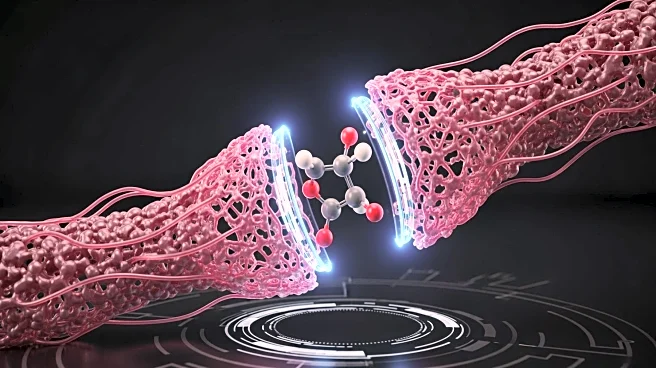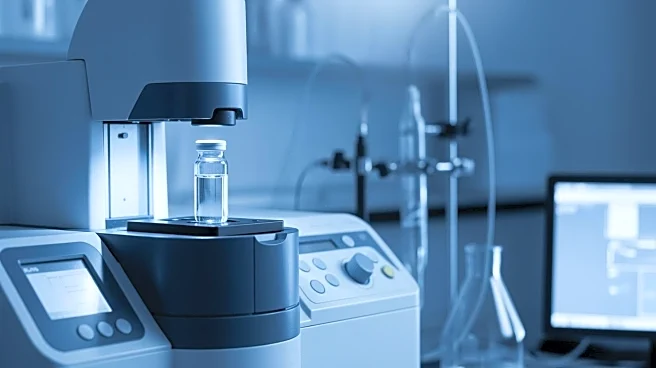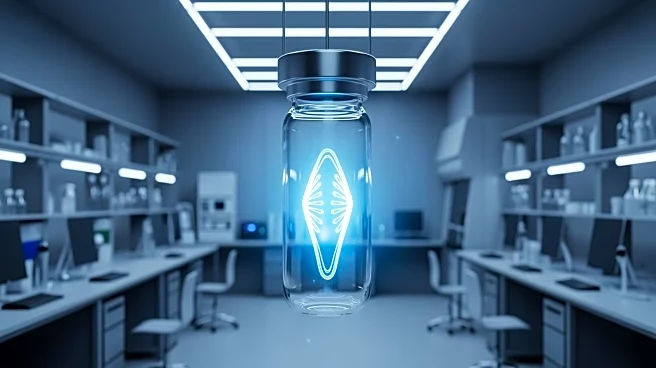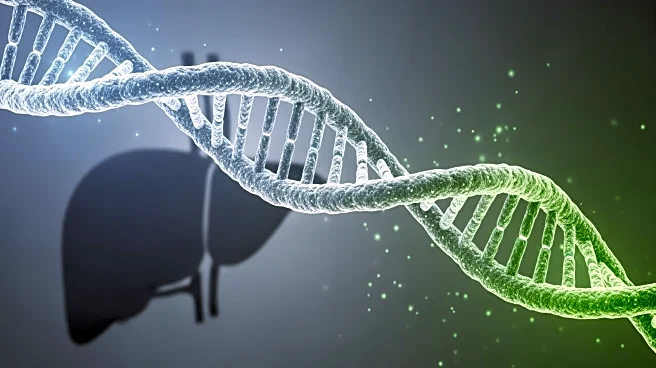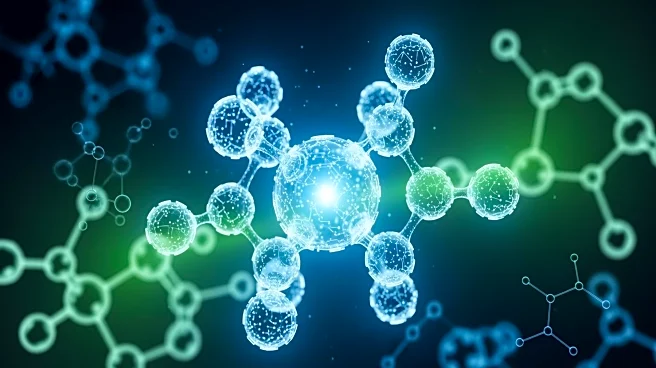What's Happening?
Researchers have determined the cryo-electron microscopy structures of the human MATE1 transporter in complex with substrates and inhibitors, including metformin, MPP, and cimetidine. The study identified
key amino acids involved in drug recognition, providing insights into the transporter's function. This structural analysis could inform the development of new drugs targeting MATE1, enhancing treatment options for conditions related to drug transport and metabolism.
Why It's Important?
Understanding the structural basis of drug recognition by MATE1 is crucial for developing targeted therapies that can modulate drug transport and metabolism. This research could lead to improved drug efficacy and reduced side effects, benefiting patients with conditions like diabetes and hypertension. By identifying specific amino acids involved in drug binding, pharmaceutical companies can design more effective drugs, potentially revolutionizing treatment strategies for various diseases.
What's Next?
Further research is needed to explore the implications of these findings in drug development. Pharmaceutical companies may leverage this structural information to design new drugs targeting MATE1, optimizing treatment regimens. Clinical trials could be initiated to test the efficacy of MATE1-targeted therapies, assessing their impact on drug transport and patient outcomes. Collaboration between researchers and industry stakeholders will be essential to translate these findings into practical applications.
